"Audi would not exist today if it was not for DKW,” says company historian Thomas Erdmann as we tour around Audi's Ingolstadt museum.
“Its vans, cars and bikes helped restart Audi after the war,” he adds. The company’s roots date back long before World War II however, or the inception of the fabled four rings, and start with the birth of August Horch in October 1868.
Widely regarded as being one of the driving forces in Germany’s automotive industry, Horch studied engineering and worked for Karl Benz before establishing his own company in 1899.
The Horch & Cie Motorwagen Werke AG, initially based in Cologne, first produced two-cylinder open-bodied cars. Many of the manufacturing processes and designs utilised were considered technologically advanced and far ahead of the company's rivals, including the then-separate Mercedes and Benz.
Horch’s finances were frequently tested by its use of innovative technologies, though. New partners were brought in to help keep the company afloat but in 1909 Horch fell out with the company’s board and left.
Almost immediately he set about starting a new automotive company based in Zwickau, in the state of Saxony. Originally he attempted to use the name ‘August Horch’ but his former partners promptly started legal proceedings against him for trademark infringement.
Following a suggestion from the son of one of his friends, he settled on using ‘Audi’ as the name for his company. ‘Horch’ effectively meant ‘hear’ in German and ‘Audi’ was the Latin equivalent.
History of the Audi RS - picture special
In 1910 the Audi Automobilwerke GmbH was established and the company’s first model, the Audi Type A 10/22hp Sport-Phaeton, went on sale in the same year. Many of the brand’s models proved successful in competition, helping establish the name, and it was soon producing several large-displacement four and six-cylinder cars.
Zschopauer Motorenwerke, which was owned by Danish industrialist Jörgen Skafte Rasmussen and produced industrial equipment and two-stroke ‘DKW’-branded motorcycles, then acquired a majority share in Audi and merged with the company. DKW then branched into basic small cars in 1928, using two-stroke engines that were proven in the motorcycles.
The Wall Street Crash and the Great Depression of 1929 meant that the demand for Audi's luxury cars collapsed, so Rasmussen commissioned a new, affordable small front-wheel-drive model from DKW. The DKW F1 launched in 1931 and proved a high-volume success.

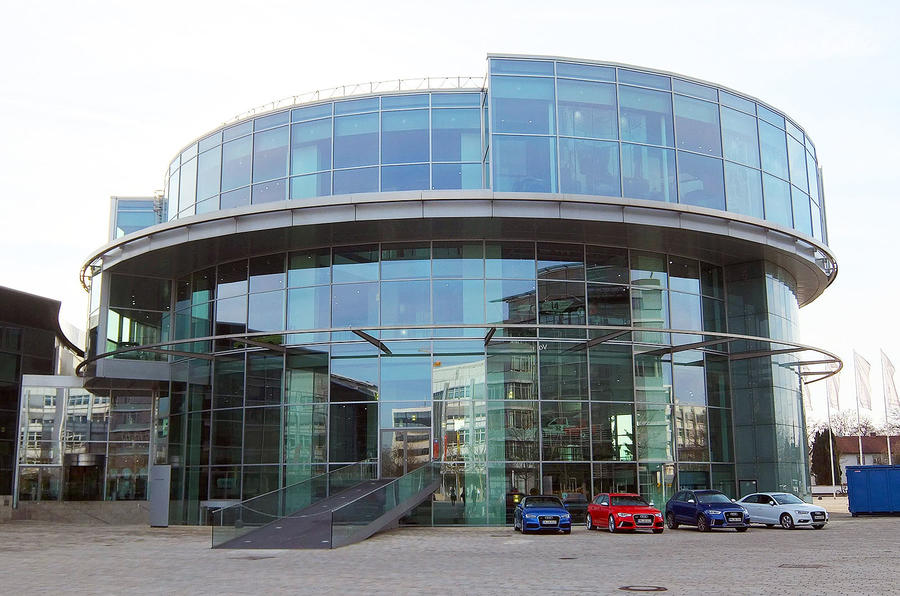

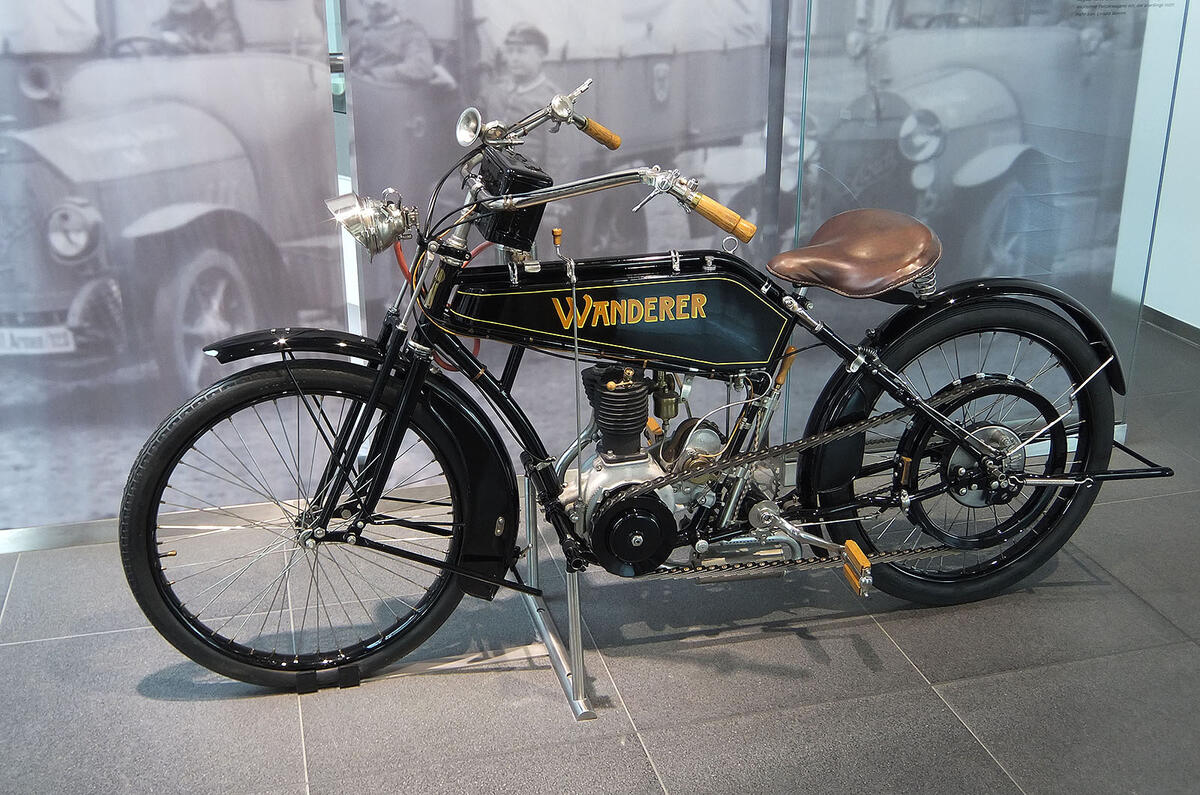

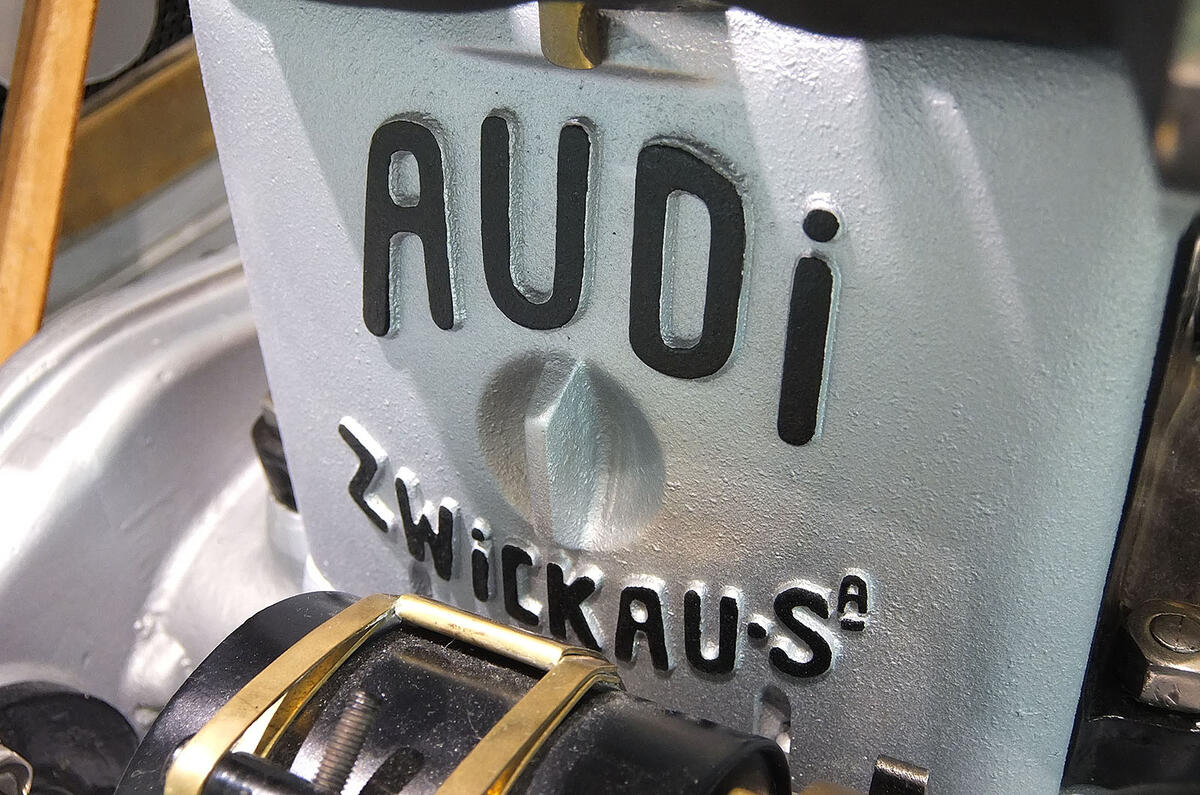

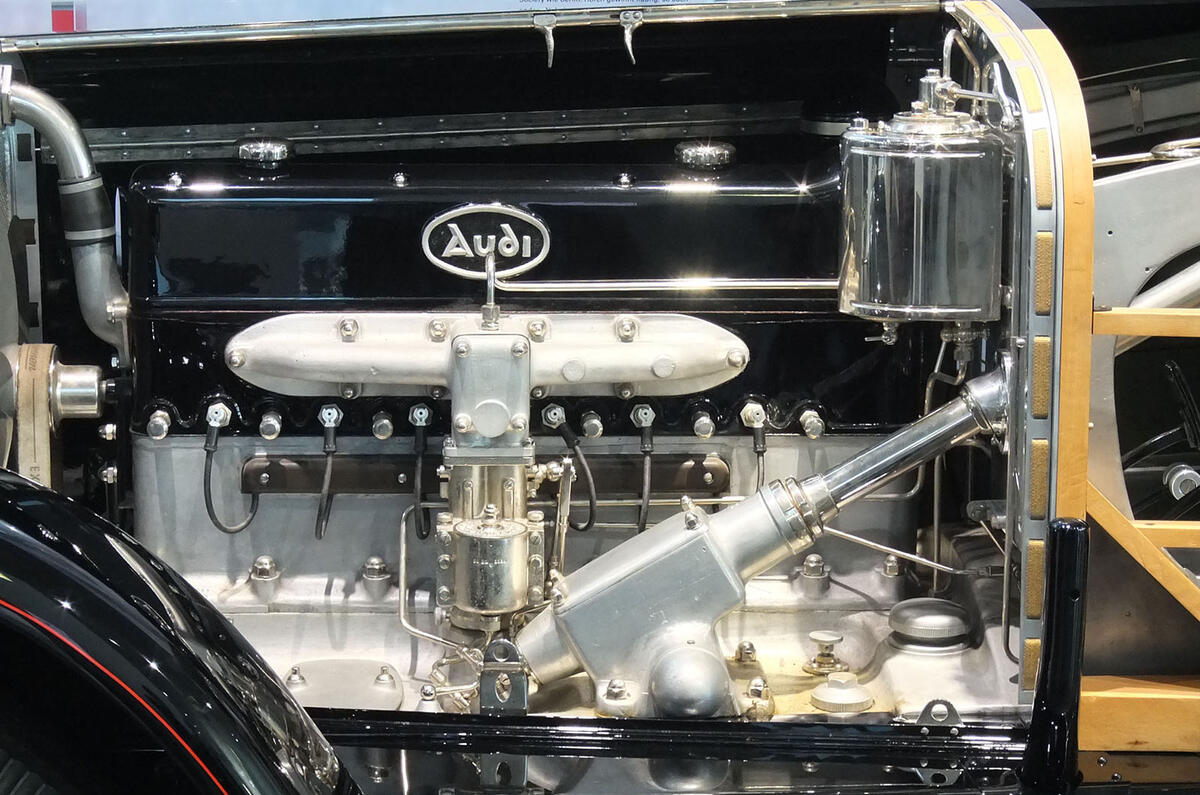
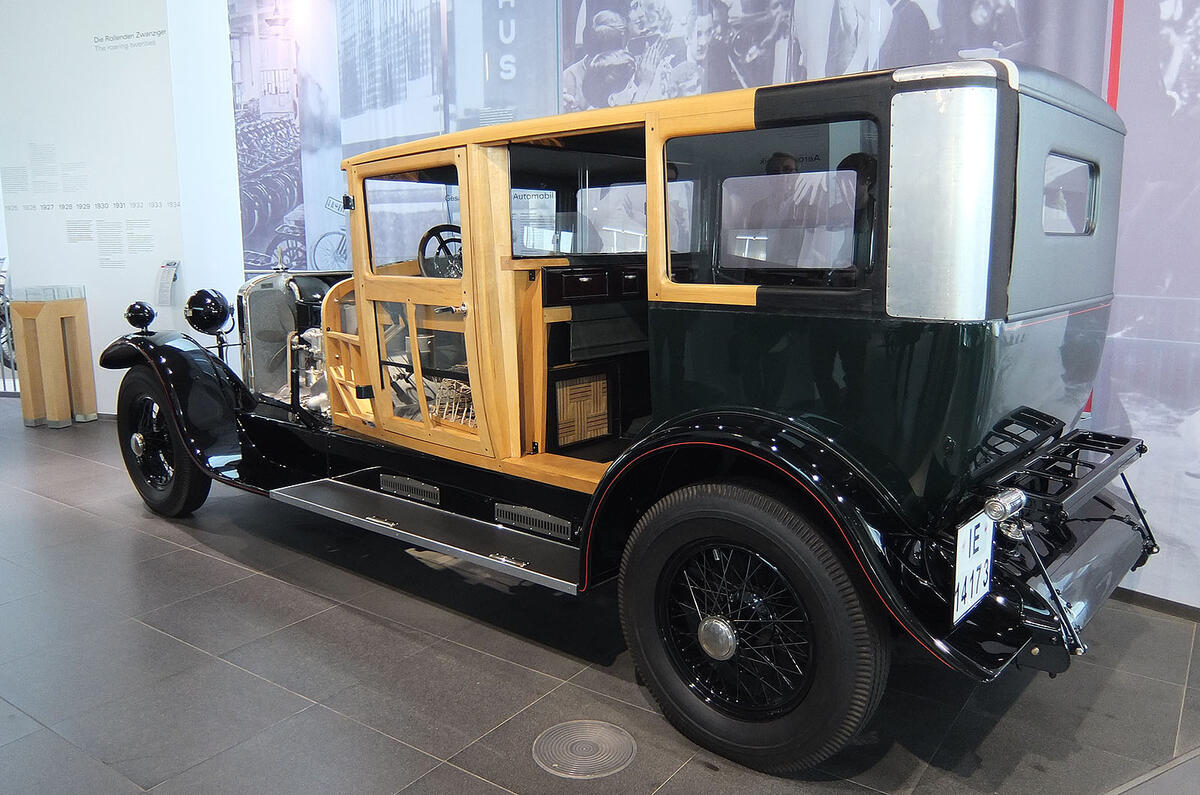






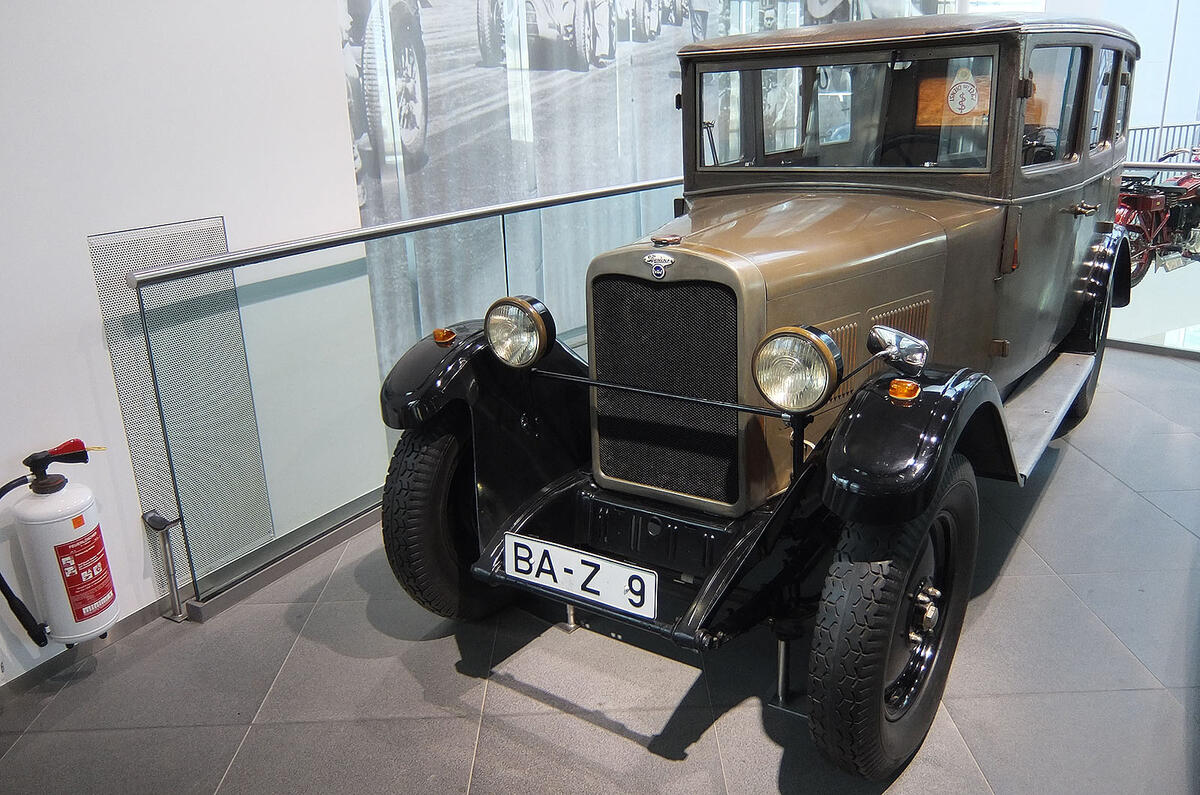

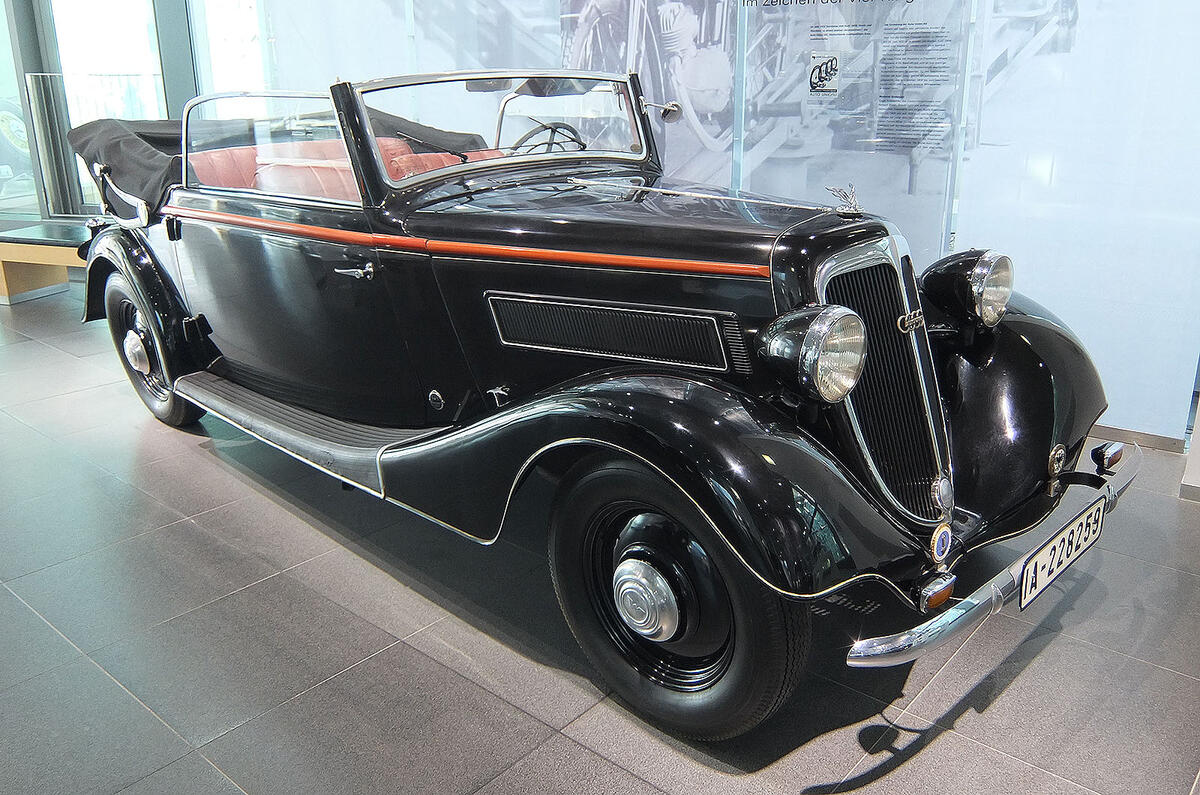










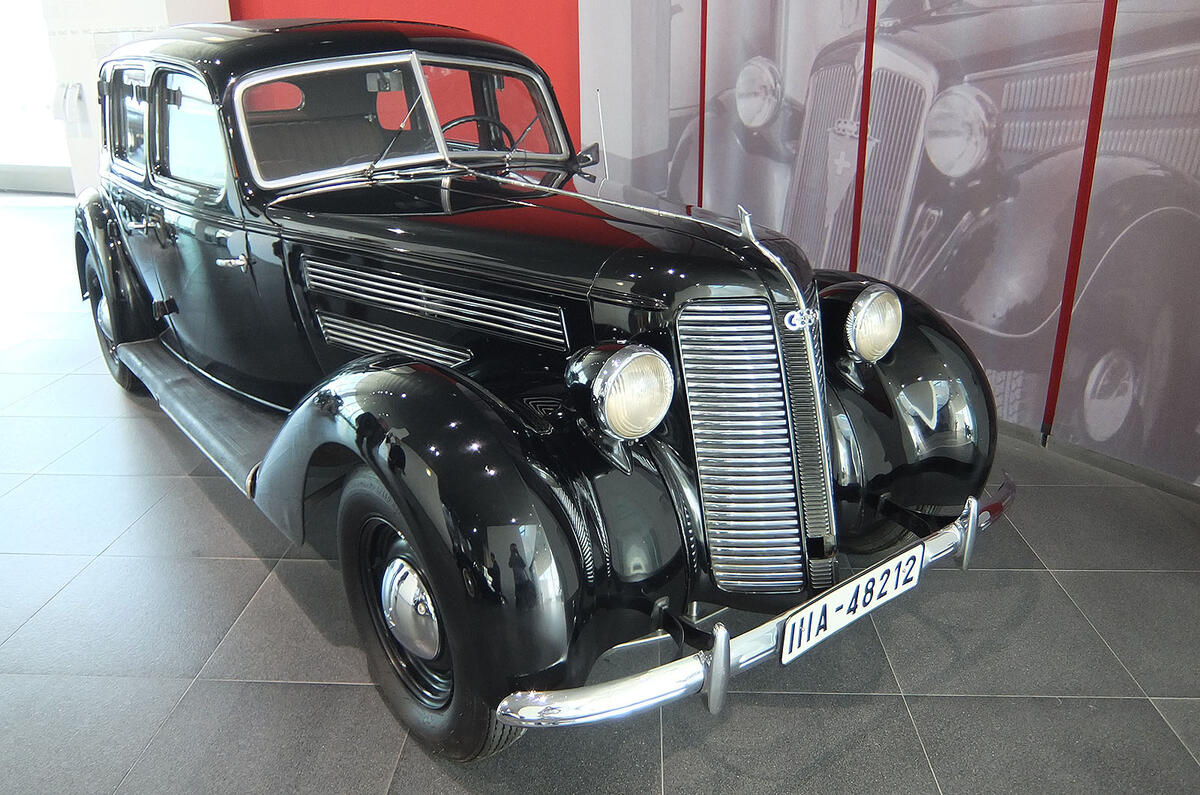
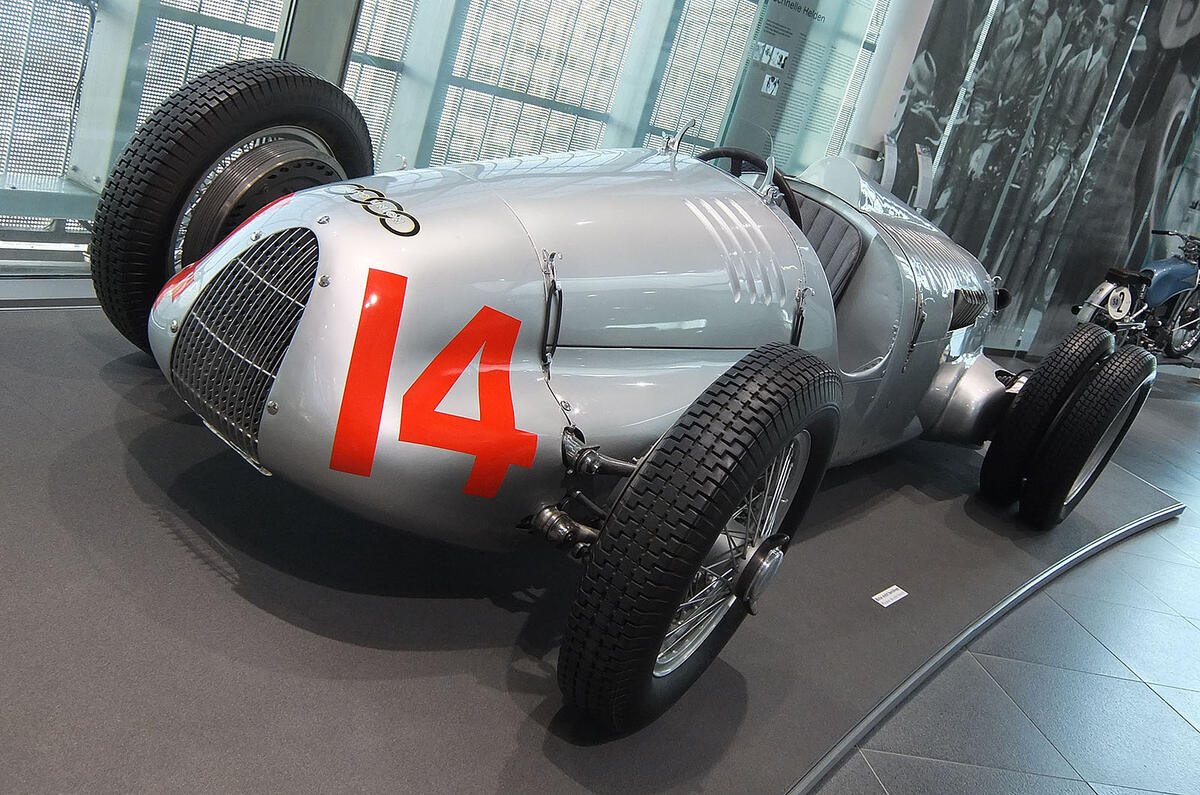


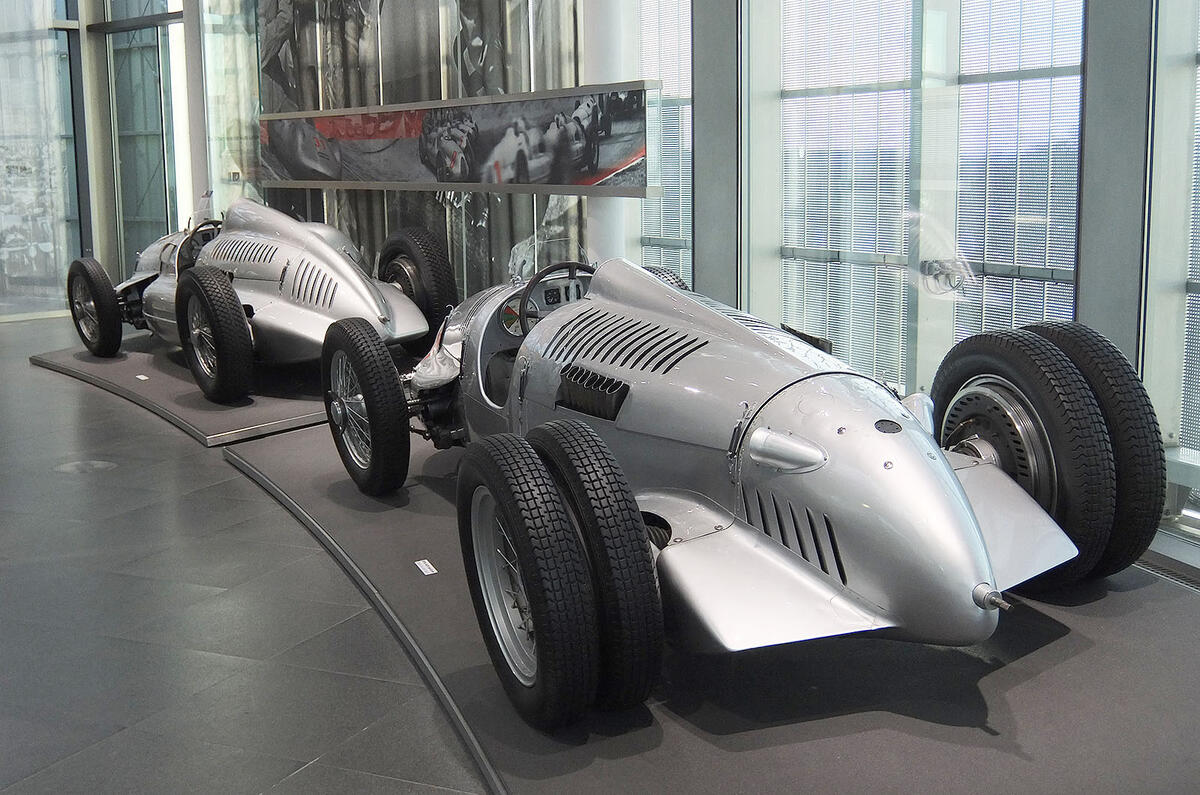
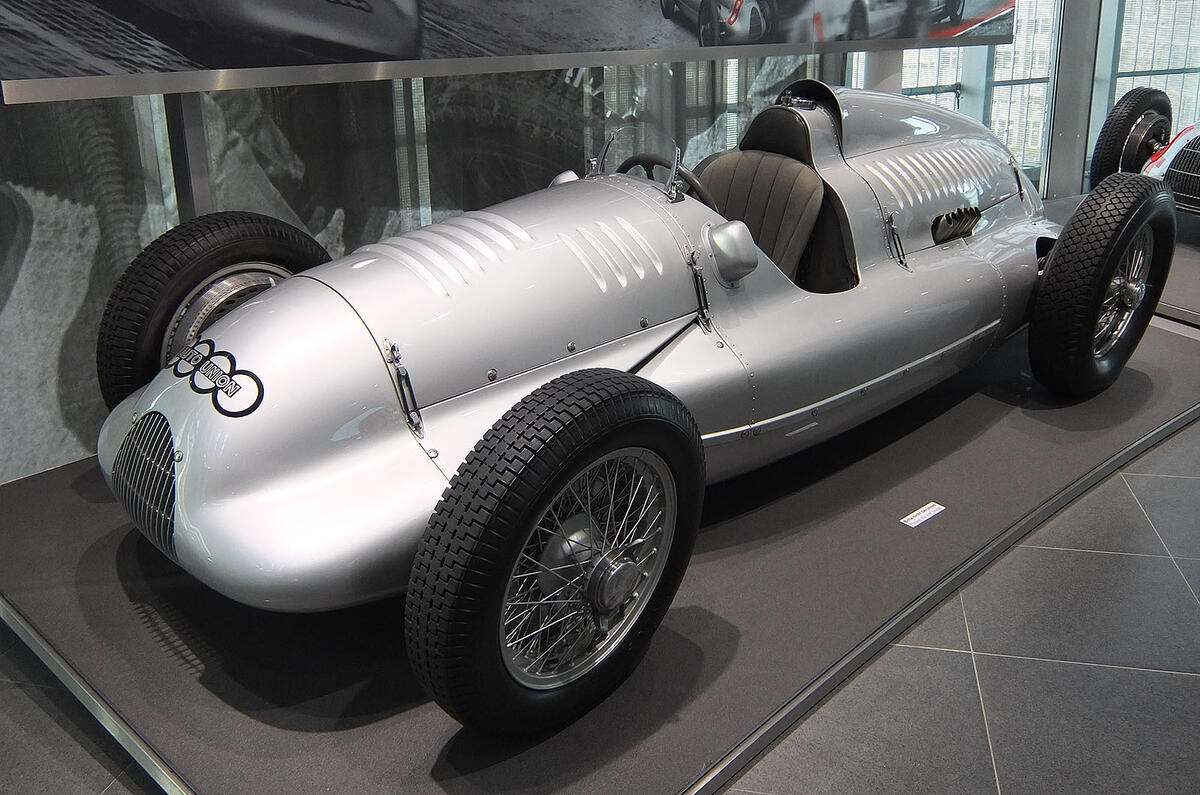
















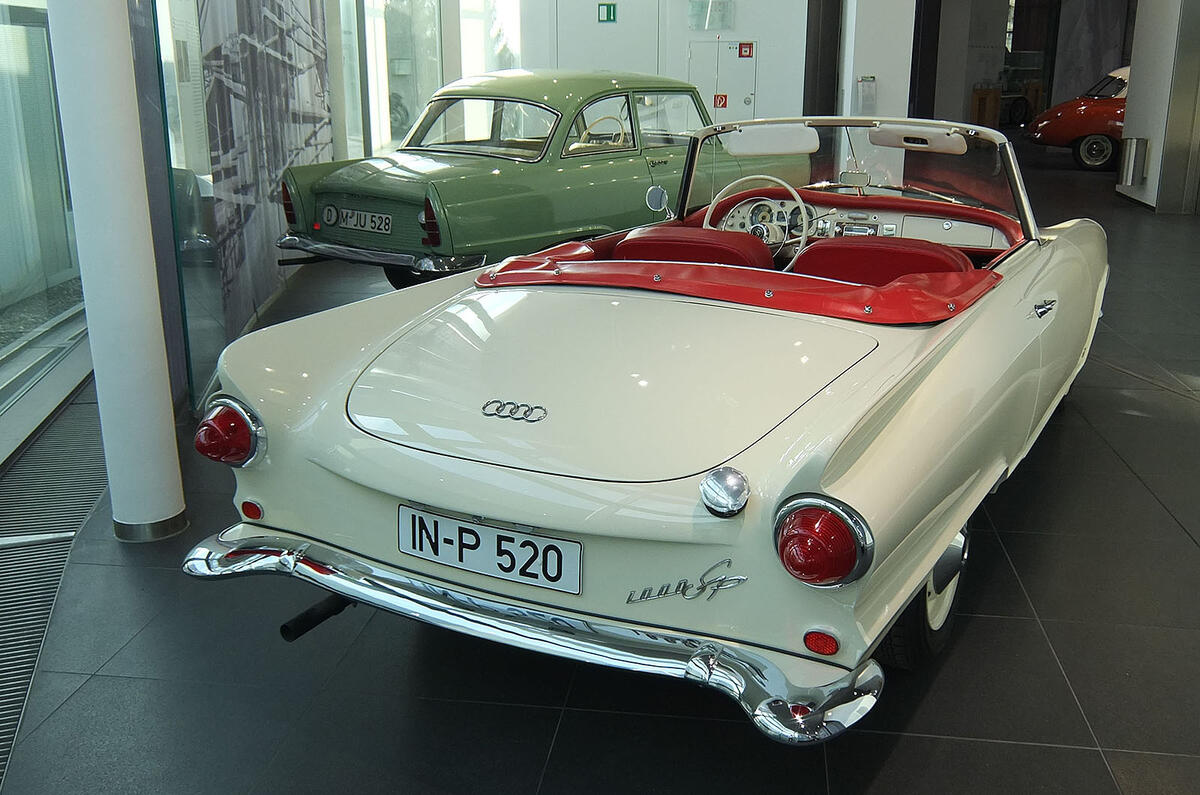








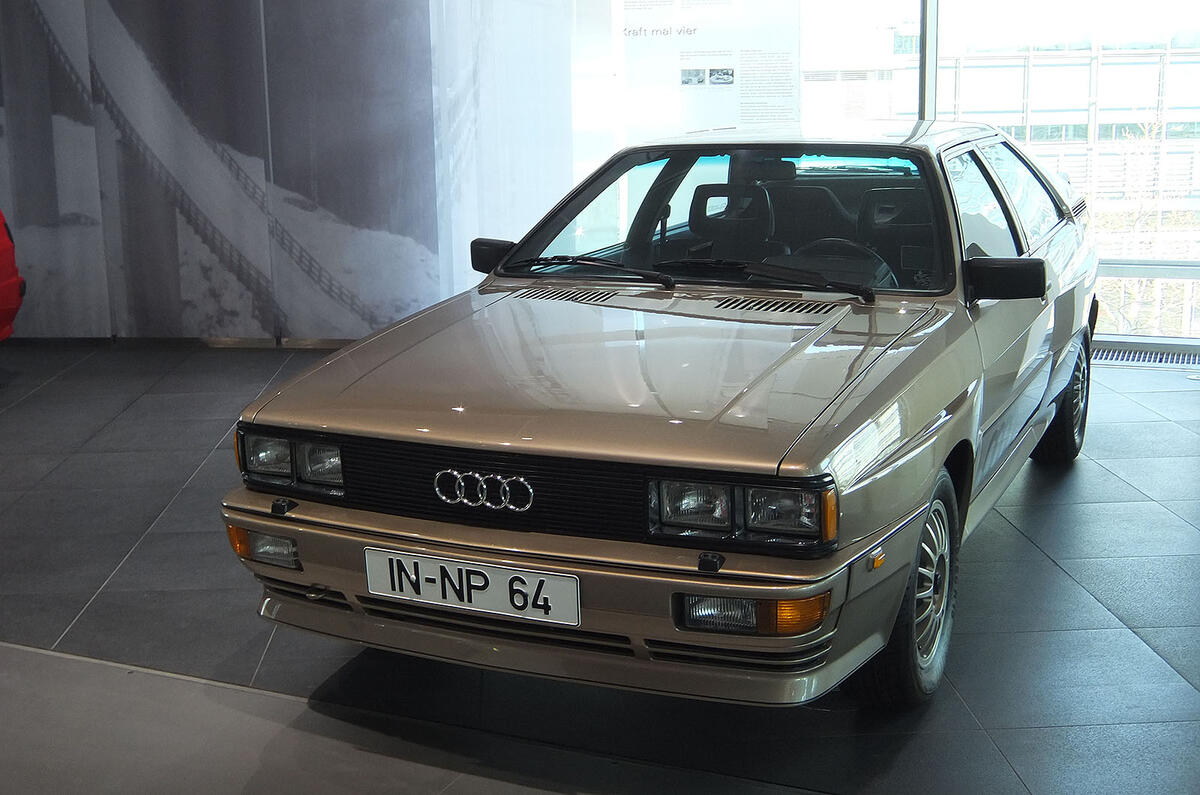
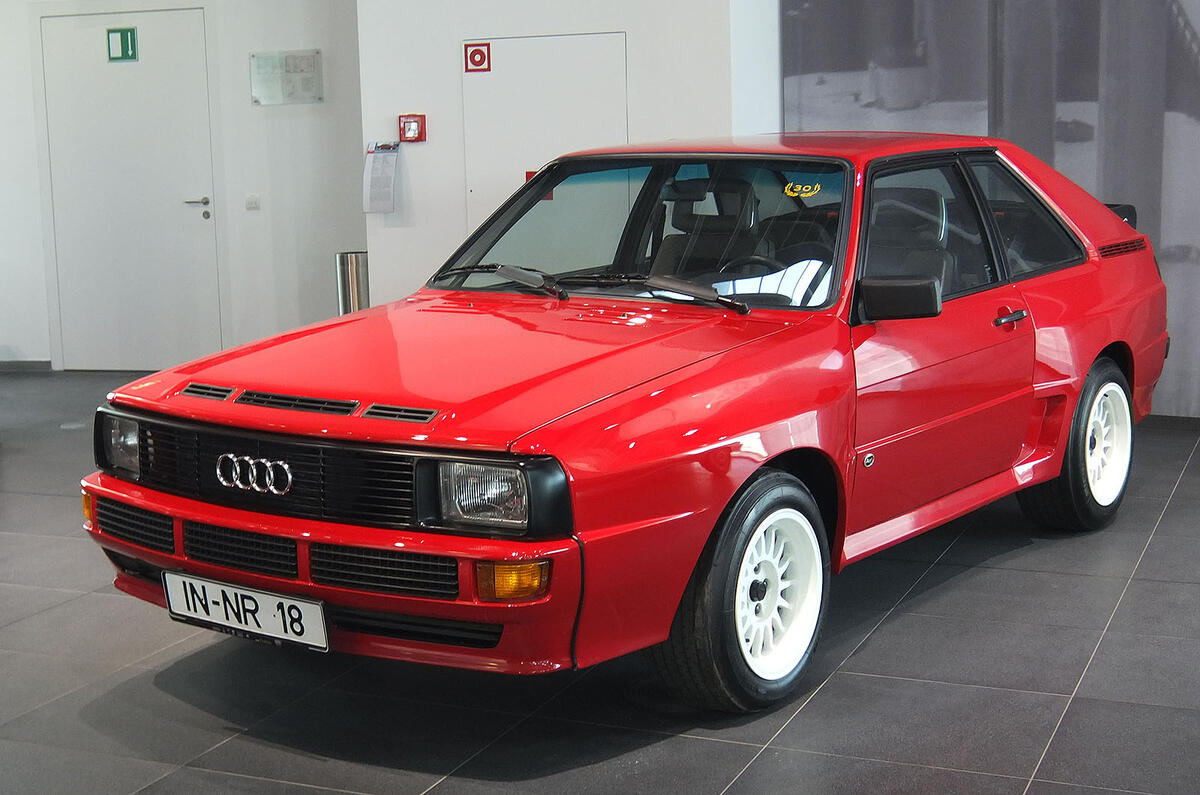

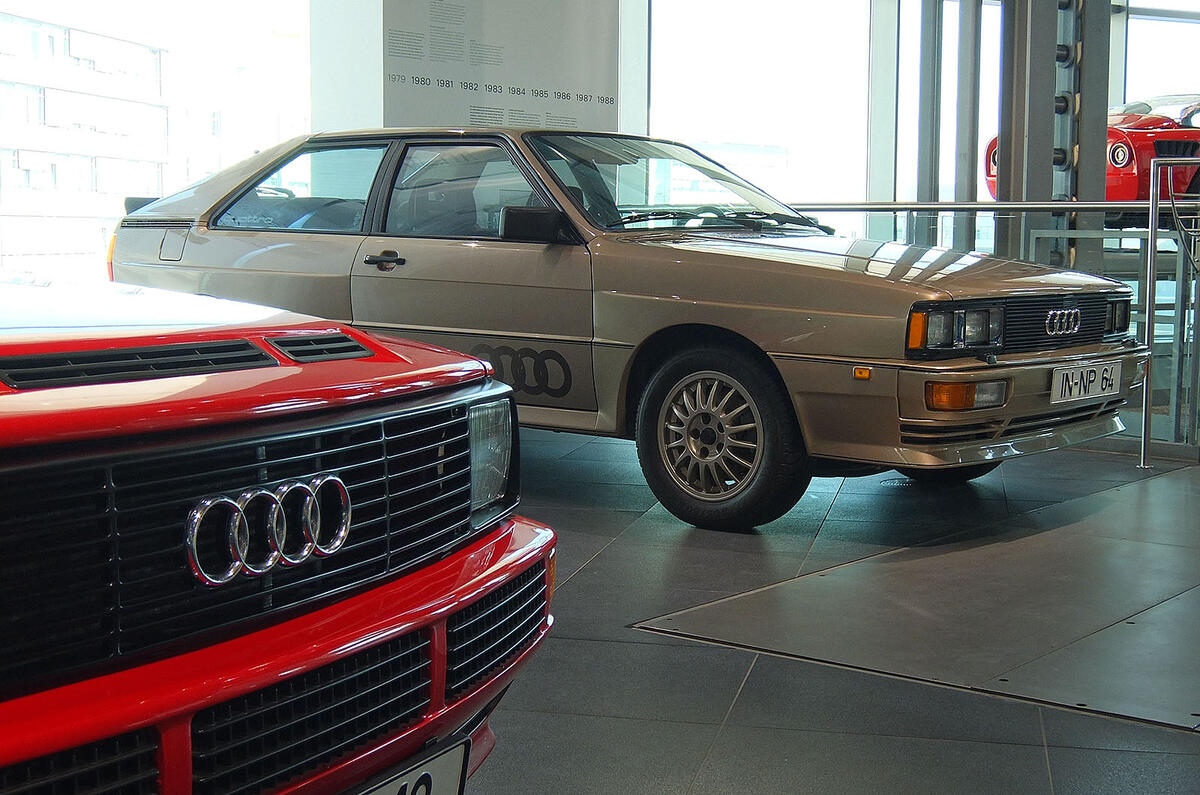

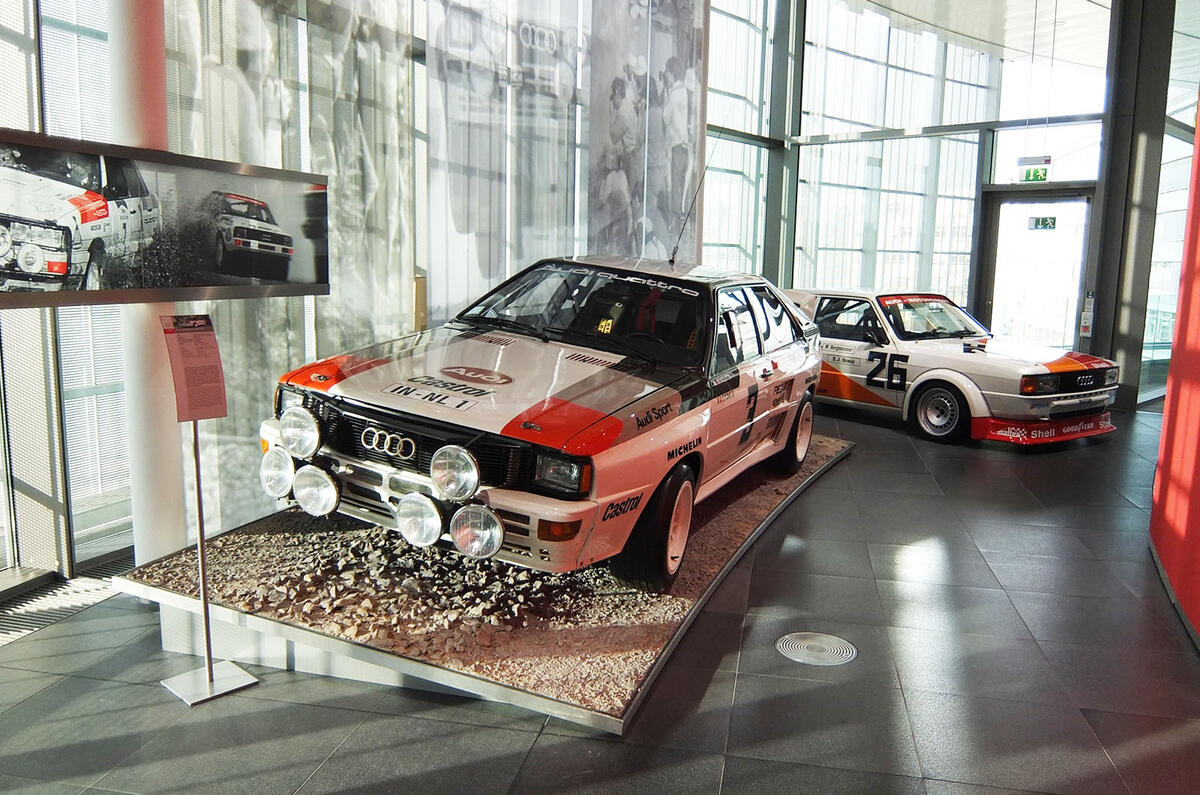





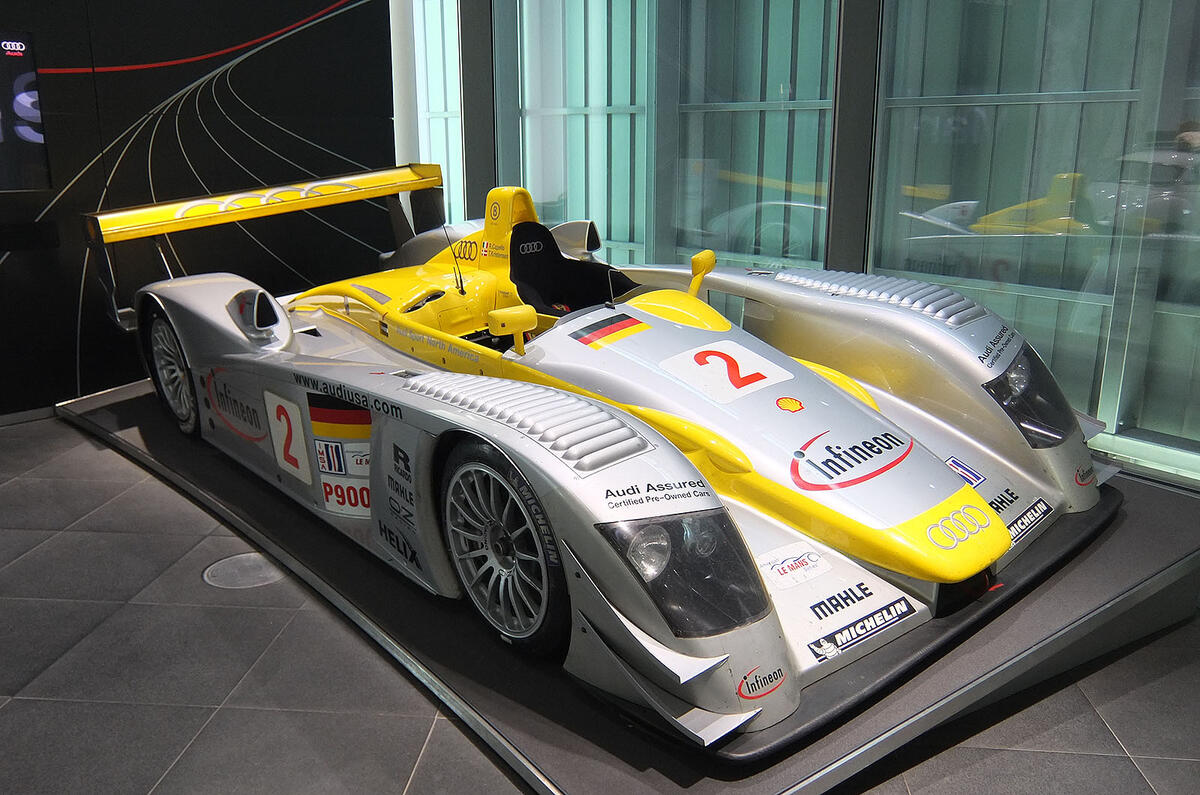









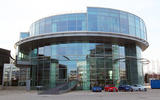

















































































Add your comment